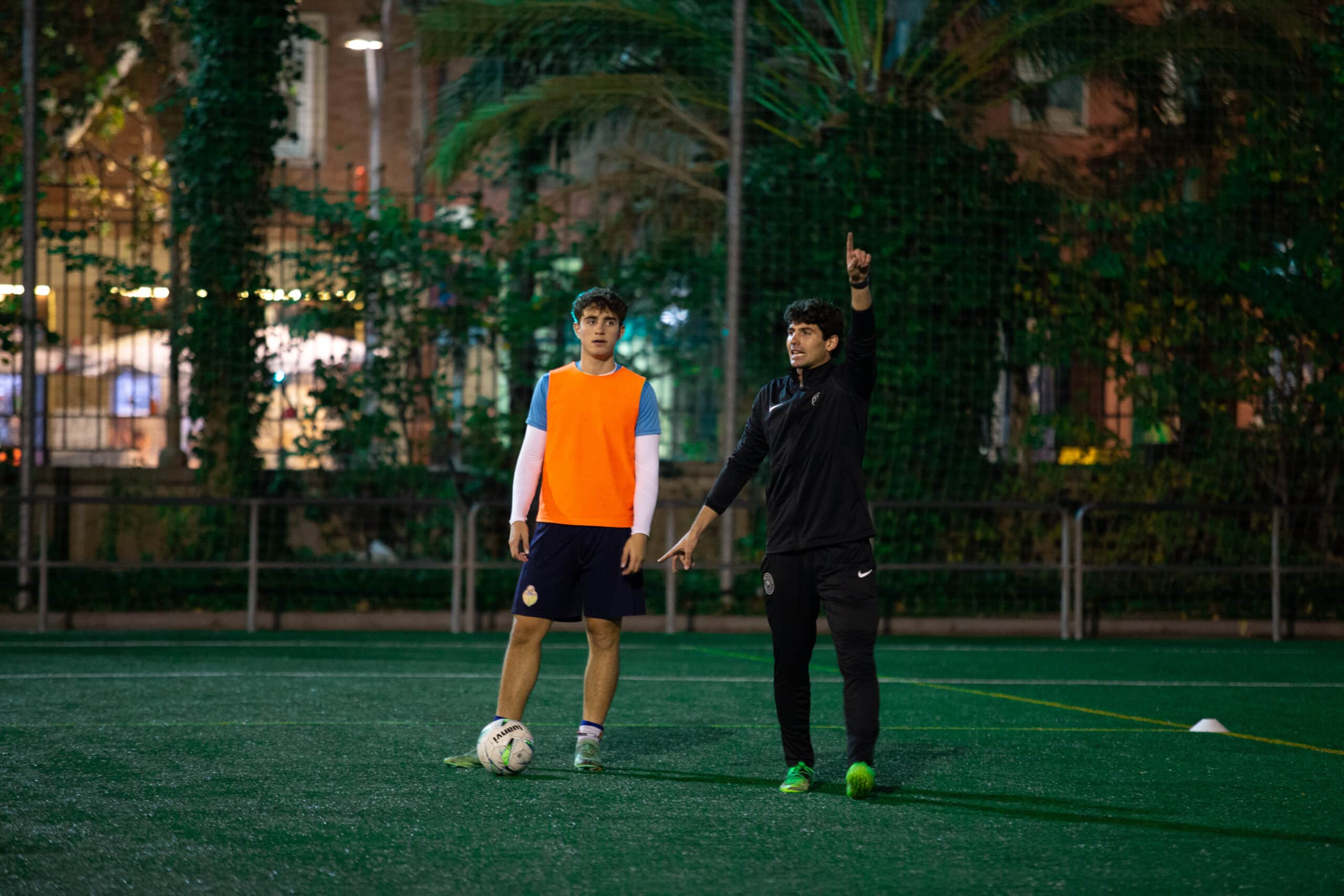The role of the coach in any training session or competition is fundamental to the proper development of athletes. To guarantee a healthy and effective environment, it is crucial to pay attention to a number of key elements that influence the performance and experience of the participants.
In this week’s article, we will explore these elements and how they can be applied to improve the quality of training.
Let’s start with the concept of ‘useful motor engagement time‘, proposed by Lago in 2018. This term refers to the time spent working on training tasks effectively.
In the sports initiation phase, where learning is fundamental, maximising this time is crucial. To achieve this, some guidelines should be followed, such as increasing the time spent on planned tasks, presenting them clearly and precisely, creating a positive atmosphere and organising the work in the session appropriately.
Controlling useful motor engagement time is essential, as the number of training sessions is often limited, especially in training.
Therefore, thinking strategically about session planning is key to making the most of the time available.
The other key elements to maximise the performance and experience of the athletes will be addressed with the role and attitude of the coach during training or competition, grouped into three groups: formal aspects, attitudinal aspects and informational aspects.
Formal aspects include attention to interpersonal relationships, attentiveness to attire, equipment management and time management. Positive interaction with participants, the professional appearance of the coach, proper availability of equipment and efficient time management are essential for the development of the session.
In terms of attitudinal aspects, five types of attitudes that the trainer can adopt are highlighted: negative, passive, reactive, proactive and delegative. The attitude of the coach can significantly influence the experience and performance of the players, so it is important to cultivate a proactive and positive attitude.
Finally, informational aspects refer to the coach’s verbal and non-verbal communication. Non-verbal information, such as body language and facial expressions, can affect the athletes’ perception. Decisional information and informational brevity are crucial to allow players to make autonomous decisions and to ensure appropriate motor practice time.
In addition, the coach should also consider a number of athlete-specific performance enhancement techniques, such as the sandwich technique and informational reiteration, which can be used to provide effective feedback during training.
In summary, the success of a training session or competition depends largely on the coach’s ability to manage a number of aspects, from planning and communication to attitude and feedback. By paying attention to these key elements and applying best practices, coaches can create an environment conducive to learning and athlete development, which will contribute to the success of the training session or competition.








